In a fast-paced world where green spaces are increasingly precious, our own yards provide a canvas for creating a haven that combines the beauty of nature with the comfort of home. The art of yard design allows us to merge the outdoor world with our personal spaces. In this article, we’ll explore how yard design is a transformative process that brings nature home, connecting us with the wonders of the outdoors in our very own backyards.
1. The Vision of a Natural Haven
Yard design begins with a vision—an aspiration to bring nature closer to our daily lives. It’s about creating a space where you can escape the hustle and bustle, find solace, and reconnect with the natural world. This vision sets the tone for the entire design process.
2. Understanding Your Canvas
Before you can paint the picture of your dream yard, you must understand the canvas itself. Your yard’s size, shape, and unique characteristics, such as sunlight, shade, and terrain, are essential factors in the design process. Knowing your canvas allows you to create a design that’s harmonious with its inherent qualities.
3. Layout: The Blueprint of Nature
Your yard is a living ecosystem, and the layout is the blueprint that allows it to flourish. It’s the structure that encompasses everything from plantings to hardscape elements. By carefully planning the layout, you provide the framework for the coexistence of plants, wildlife, and human life within the space.
4. Choosing Plants Wisely
Plants are the lifeblood of your yard design. Selecting native plants that thrive in your climate ensures they’ll flourish with minimal care. The right plant choices attract birds, bees, and butterflies, creating a vibrant and dynamic ecosystem right at your doorstep.
5. Embracing Hardscape Elements
Hardscape elements, such as pathways, patios, and garden structures, offer both function and beauty. They help you create outdoor living areas, define spaces, and add architectural interest to your yard. The choice of materials and design should complement your vision.
6. Color and Texture: Nature’s Palette
Your yard is a living artwork, and color and texture play a pivotal role. Creating a harmonious color palette through your plant selection and experimenting with different foliage textures adds depth, interest, and a visual feast for the senses.
7. Outdoor Living for Connection
The idea of bringing nature home also involves integrating outdoor living spaces for relaxation, dining, and socializing. These spaces become extensions of your indoor living areas, allowing you to immerse yourself in the natural world.
8. Seasonal Beauty
A well-designed yard should be a source of beauty year-round. By selecting plants and features that provide seasonal interest, you can ensure that your outdoor space is enchanting in every season, whether it’s vibrant spring blossoms, lush summer foliage, or the warm colors of fall.
9. Sustainable Practices
The art of yard design is also about sustainability. By choosing eco-friendly landscaping practices, you can conserve water, reduce waste, and support local biodiversity. Creating a sustainable yard not only benefits your immediate environment but also contributes to a healthier planet.
10. Personalization: Your Signature on Nature
Infuse your yard with personal touches and outdoor decor that reflect your style and personality. Elements like outdoor furniture, garden art, and decorative containers make the space uniquely yours.
In conclusion, yard design is more than just arranging plants and installing hardscape elements; it’s about forging a connection with nature right at your doorstep. It’s a holistic art that brings the beauty of the outdoors into your daily life, allowing you to experience the serenity and wonder of nature without leaving your home. So, embark on your yard design journey and start bringing nature home today.

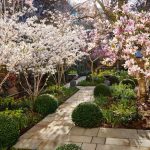

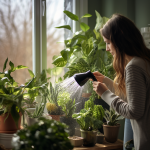

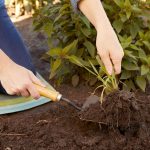
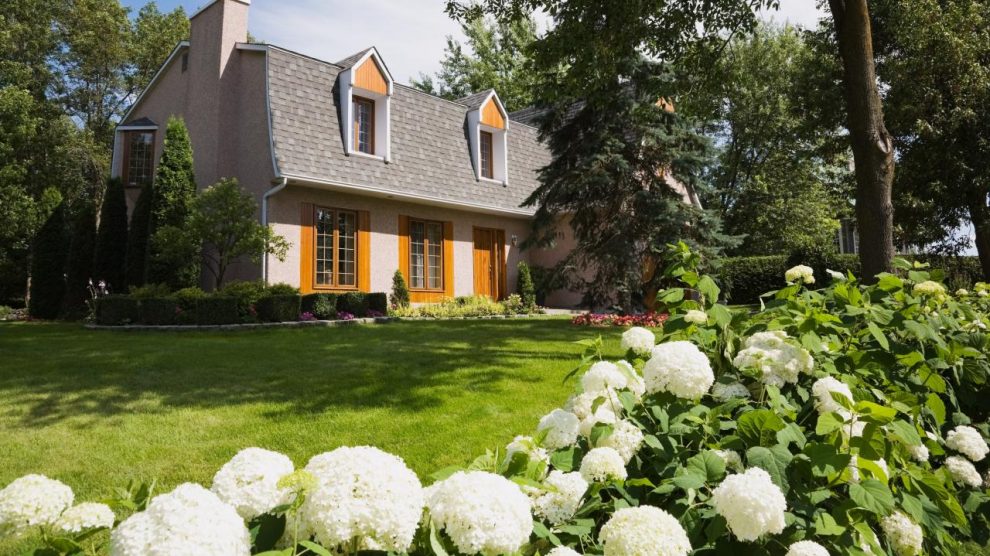
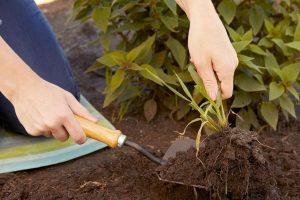
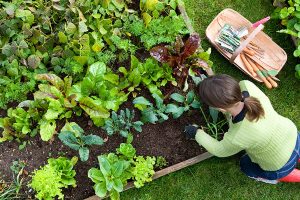
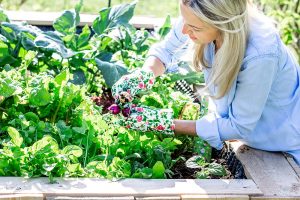

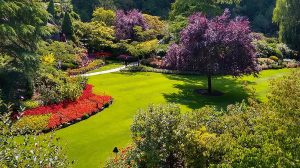
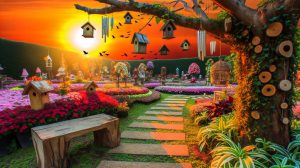
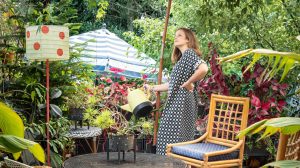
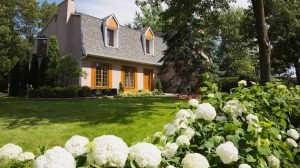


Add Comment